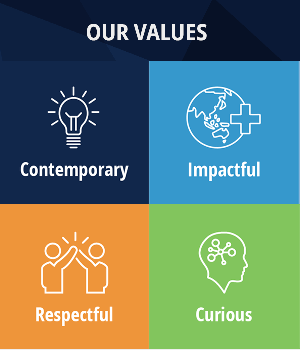Most Australians will experience sedentary work practices and about a half of us sit for too long in our jobs.
Exposure to occupational sitting occurs in many different industries and occupations. It becomes a problem when sedentary work behaviour is excessive: that is, when we sit too much throughout the day.
Those most at risk are clerical and administrative workers, professionals, managers, machinery operators and drivers. White collar office workers are most exposed, spending three-quarters of their working hours sedentary, but some blue-collar workers also accrue many hours of sitting time at work.
Studies also reveal that exposure to sedentary work is greater for those with a higher education and a higher income.
Sedentary behaviour and excessive sitting is associated with markers of poor health, and is linked with an increased risk of premature mortality, cardio-metabolic outcomes (including cardiovascular disease, diabetes and obesity), some cancers, mental ill-health and detrimental work outcomes.
Safe Work Australia suggests sitting exposure is more akin to sun exposure. Too much exposure to the sun increases the risk of skin cancer, and too little exposure increases the risk of vitamin D efficiency. There is a balance required for exposure for both, where a little exposure has health benefits and a large exposure increases the risk to ill-health outcomes.
When identifying alternatives to sitting, ensure the solution satisfies at least one of these criteria:
- Increase of muscle activity
- Enhancement of energy expenditure
- Create movement/posture variation
You should also explore these options in your workplace:
- Interrupt sedentary behaviour after 20-30 minutes by standing or walking for 2 minutes. There are a number of phone apps available to assist with reminding you when to take a quick break
- Identify sitting tasks that could be done standing. This may need to be combined with work equipment and tools (such as a sit-stand desk) to enable your workers to be productive. Other ways to incorporate standing include a standing meeting, standing to read a document and standing when on the telephone
- Step away from the keyboard and put down the phone. Walk to deliver a message if it involves someone in the same building.
- Organise walking meetings
- Undertake regular exercises in the workplace such as shoulder shrugs, wrist stretches, head rolls
- If resources are plentiful, there are even treadmills designed to fit in a workstation for computer work, and desk-based bikes
- Encourage workers to be active during breaks at work.












